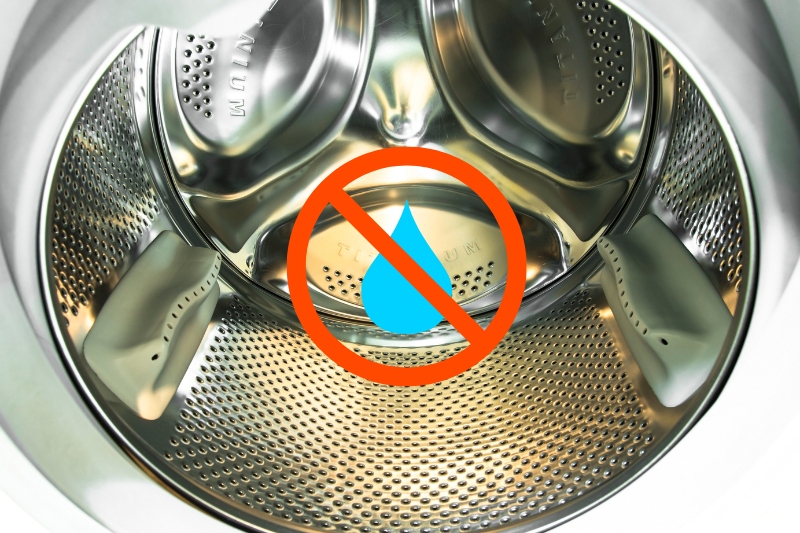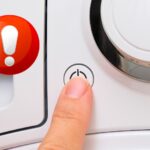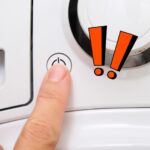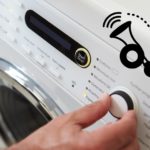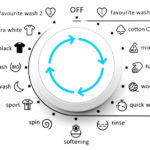When a washing machine isn’t filling with water, it’s really frustrating.
Whether you’ve had your washing machine for a few days or a few years, not being able to clean your clothes is really annoying.
However, when a washing machine isn’t filling with water, there is usually a solution to this.
Chances are, the solution is something simple that you’ll be able to do yourself.
However, there’s a chance that a faulty control panel could be the cause of your washing machine not filling with water.
If this is the case, you may want to look into your washing machine’s warranty and have it repaired by a professional.
Anyway, here are some causes of washing machines not filling with water and what you can do to solve this issue.
Cause 1: Clogged Water Inlet Pipe or Screen
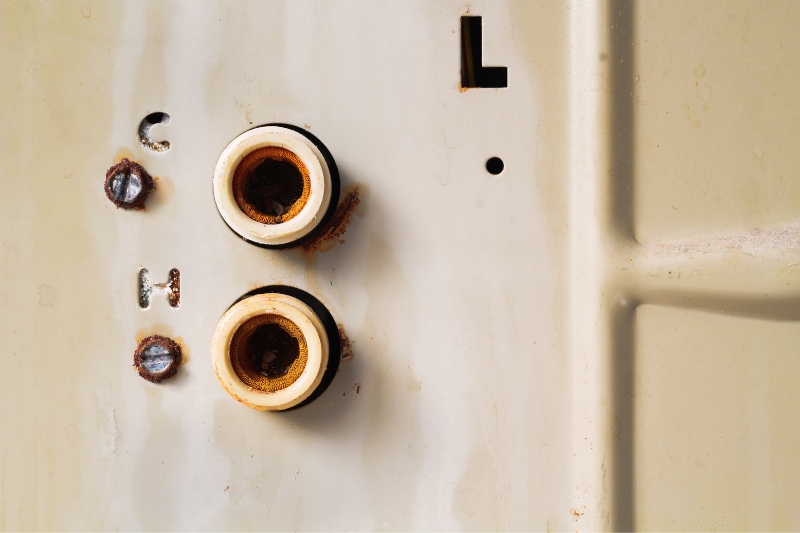
The best place to start checking for issues is the water inlet pipe itself. This is where the water comes into the machine.
If there is a clog, though, no water or very minimal water will be able to get into the drum.
Remove the water inlet pipe from the machine. You can do this by pulling the machine out from the wall and unscrewing both ends with a pipe wrench.
Take a look down the length of the pipe using a light at one end to see if there are any blockages.
You can clean the pipe in several ways. A pressure washer, for example, can be used to force water through the pipe and clean it.
If you don’t have a pressure washer, though, a piece of string with a suitably sized sponge attached can be passed through the pipe to clean it out.
While you are cleaning the inlet pipe, check the screen on the machine too. Where the inlet pipe attaches to the washing machine, there will be a piece of fine mesh.
This stops any debris from getting into the machine, and this could be clogged as well. Cleaning this can be done with kitchen towels or a microfibre cloth, for example.
Reinstall the water inlet pipe on the washing machine and try running a cycle. If there was a clog in the pipe, your washing machine should be running normally again now.
Cause 2: Faulty Door Switch/Latch
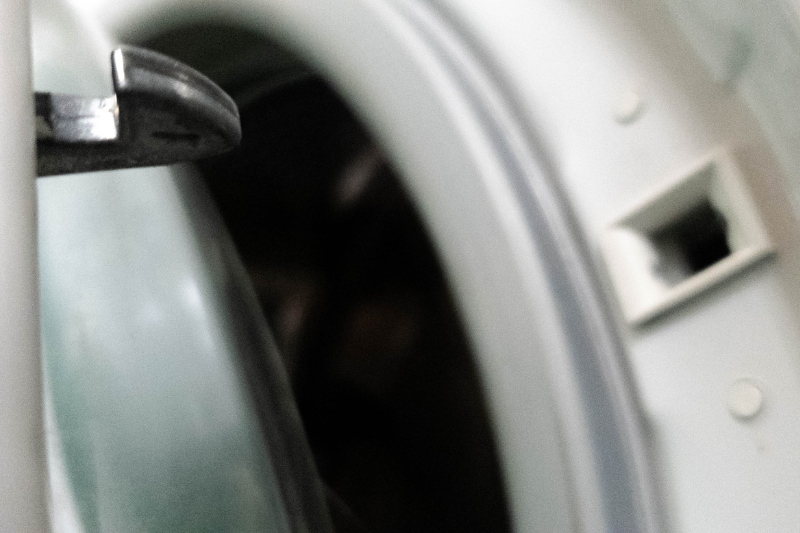
The latch on your washing machine does a lot more than just hold the door shut.
Holding the door shut during the washing cycle is, of course, really important as it prevents the floor of your kitchen from flooding. But the latch also lets the control panel inside the machine know that it can proceed with the washing cycle.
There is a switch that the latch must interact with. If the latch is damaged, it can’t interact with the switch, so the washing machine won’t know that it can proceed with the washing cycle. The switch can also become damaged with the same outcome.
To check if the latch on your washing machine door is faulty, take a look at it. You may notice some visible signs of damage.
If you don’t, locate the switch that the latch interacts with. Pressing the switch can help you determine what is at fault.
If the switch depresses with a satisfying “click” noise, then the most likely cause of your issue is the latch. If it doesn’t, then the switch is likely at fault.
You can buy replacement door latches for washing machines, and replacing them isn’t too tricky.
It is simply a case of turning all power off to the washing machine, removing the front panel of the machine, removing a few screws and the connector from the old latch and then installing the new one and putting everything back in place.
If your washing machine is fairly new, though, check whether it is under warranty before you go rooting around too much.
Fixing the latch yourself could void the warranty on the washing machine, and if something else goes wrong in the future that you can’t repair, having a warranty could be very handy!
Cause 3: Malfunctioning Water Level Sensor
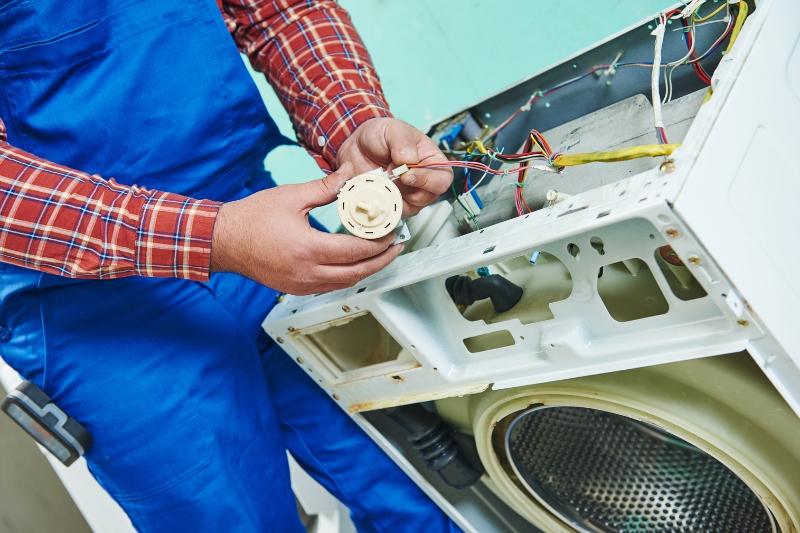
Washing machines have lots of clever tech inside of them, including water level sensors to decide how much water is needed during the wash.
If the water level sensor in your washing machine goes wrong, this can cause your washing machine to not fill with water.
The washing machine will simply think there is already water inside it and continue with the washing cycle as normal.
You can replace the water level sensor on your washing machine. However, these sensors are found in different places on different machines, although most are found in the control console.
There are several versions of water level sensors available as well, requiring different ways of installing them.
So, sadly, we can’t offer too much help when it comes to replacing the water level sensor in your machine.
However, we can help with one aspect of the water level sensor. There is a pipe on this sensor (this is a distinguishing feature that can help you identify this sensor from others around it). And just like the water inlet pipe, this pipe can get clogged.
This pipe runs from the sensor into the drum of the machine, and it lets the sensor know when there is enough water in the drum or when it needs to add more.
The sensor is usually located in the control console, as we said, and then the pipe will come down from there into the drum.
You can remove the pipe and look for any clogs by disconnecting it from the sensor and the clamps that keep it in place in the drum.
Running some water through it should clear any clogs, and you can look for any holes or kinks.
If you do see any dirt or debris in the pipe, then a good cleaning may be all that’s needed. You can replace the pipe and give the machine a test.
If the pipe looks in good condition, then it is likely the sensor itself that needs replacing. Now that you have access to the sensor, you can remove it and find the correct part for your machine.
As we said, there are lots of sensors available, so make sure you find the correct one. Reinstalling it is as simple as taking it off. Just ensure the pipe is installed correctly and clamped down properly in the drum.
You’ll likely be able to find a video of someone replacing this sensor on a washing machine made by the same manufacturer as yours.
While your sensor may be slightly different, this should give you enough info to install it if you get a little stuck.
Conclusion

We hope this look at why a washing machine may not be filling with water has been helpful. For even more common issues with washing machines and ways of solving them, please take a look at our other washing machine articles.
We have info on loads of common faults just like this one. We even have the best washing machines available in the UK right here too. So, if you can’t repair your washing machine, we have you covered.

In The Wash is your guide to the best laundry and cleaning products, tips and tricks. Our mission is to solve the UK’s cleaning and laundry dilemmas!
